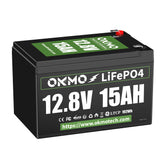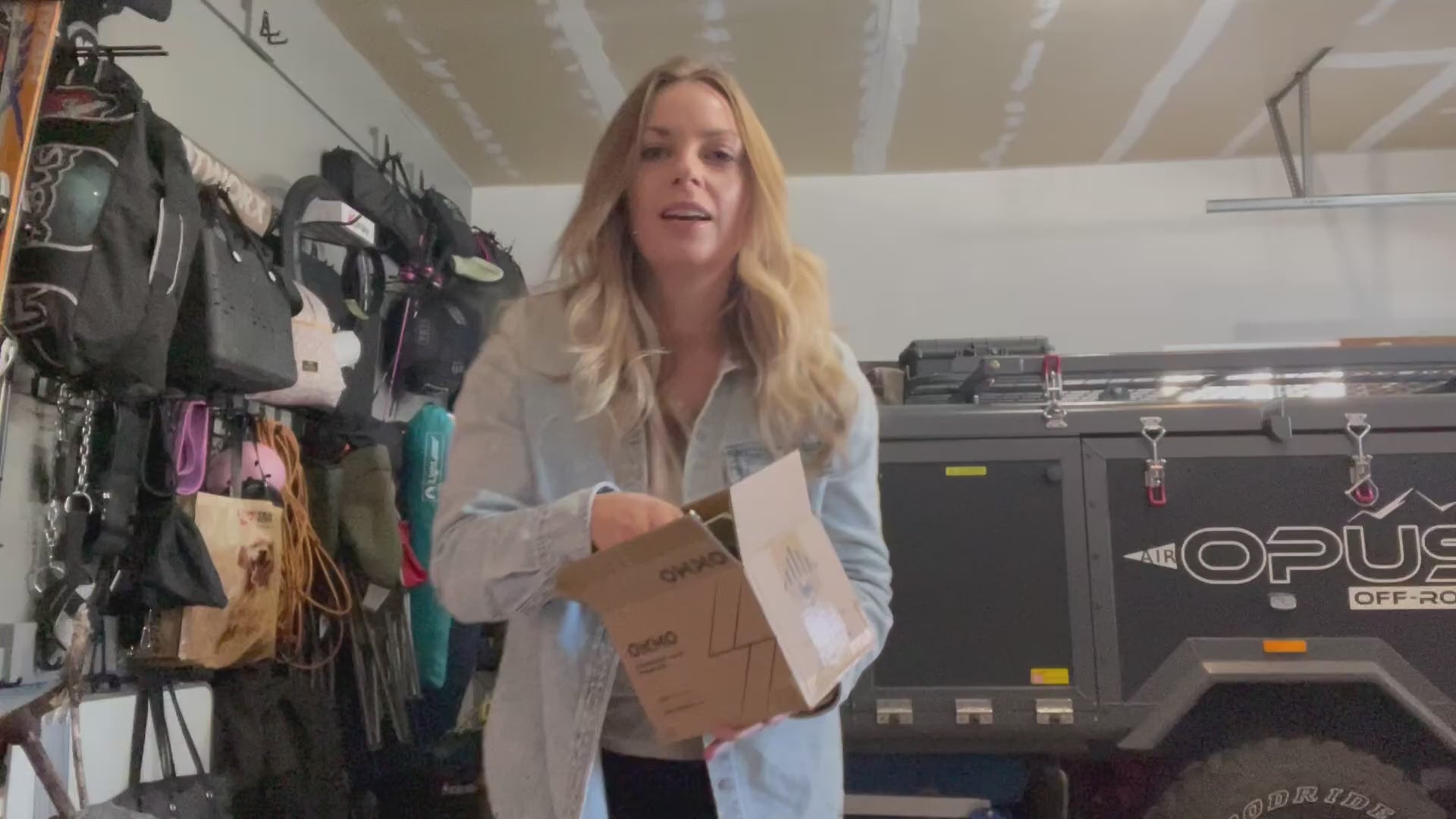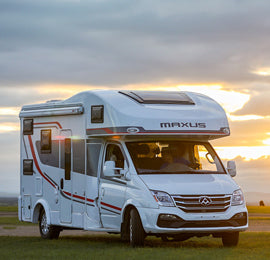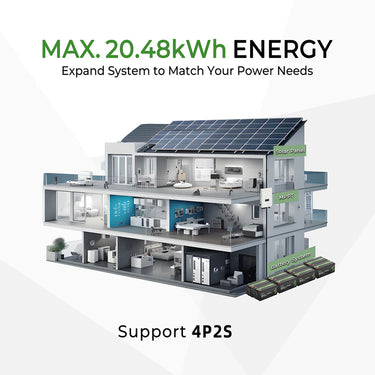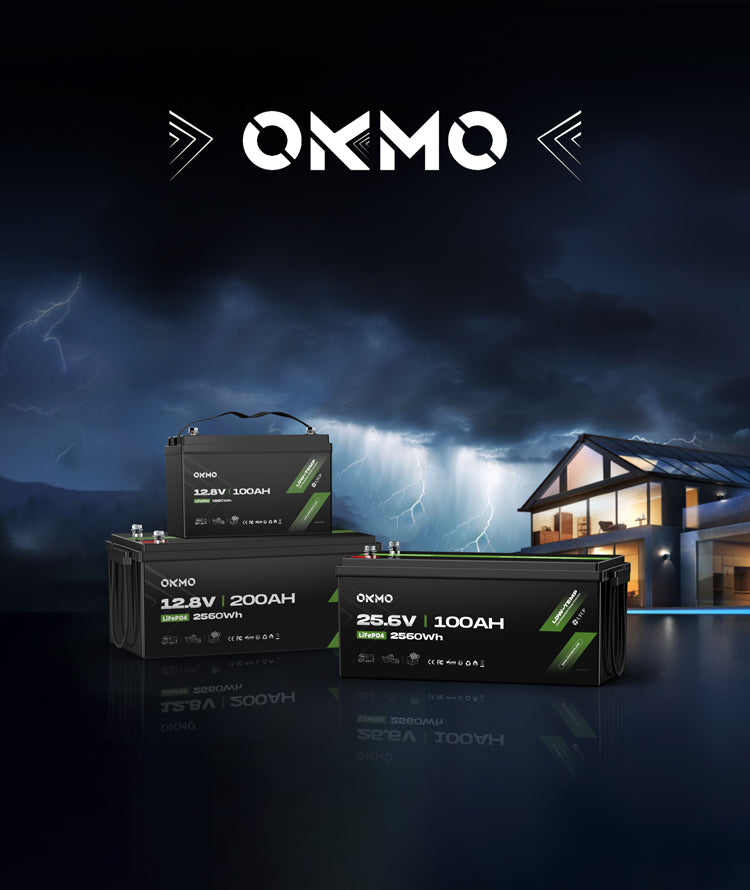5 Step Choose the Deep Cycle Battery Charger
 Deep cycle batteries are the heart of RVs, boats, solar energy storage systems, and demanding off-grid applications, reliably delivering sustained power. A "strong" heart needs a "knowledgeable caregiver" – a compatible charger. Choosing the wrong charger can lead to slow charging and inefficiency at best, and damage to expensive batteries or shortened lifespan at worst. By mastering the following five-step selection method, you can find the perfect charging partner for your valuable battery.
Deep cycle batteries are the heart of RVs, boats, solar energy storage systems, and demanding off-grid applications, reliably delivering sustained power. A "strong" heart needs a "knowledgeable caregiver" – a compatible charger. Choosing the wrong charger can lead to slow charging and inefficiency at best, and damage to expensive batteries or shortened lifespan at worst. By mastering the following five-step selection method, you can find the perfect charging partner for your valuable battery.
Step 1: Match the Voltage – The Absolute Foundation
-
Identify Battery Voltage: This is the first and most critical step! The vast majority of RV, marine, and solar deep cycle batteries are 12 volts (12V). Large trucks, heavy equipment, or some off-grid systems might use 24 volts (24V) or higher voltage battery banks. Always check your battery label or equipment manual to confirm the voltage.
-
Select the Corresponding Charger: The charger's output voltage MUST strictly match the battery's nominal voltage. A 12V battery requires a 12V charger; a 24V battery requires a 24V charger. Using a charger with mismatched voltage can lead to disastrous consequences (like severe overcharging damage or complete failure to charge).
 Step 2: Charging Stages – Intelligent Protection for Battery Health
Step 2: Charging Stages – Intelligent Protection for Battery Health
-
Three-Stage (or More) Smart Charging is Essential: This is the hallmark of a modern, high-quality deep cycle battery charger.
-
Bulk Stage (Constant Current): Quickly and safely replenishes the majority of the battery's charge (typically up to about 80%).
-
Absorption Stage (Constant Voltage): Voltage is held at peak level while current gradually decreases, bringing the battery close to 100% (around 95-98%). This stage is crucial for fully saturating a deep cycle battery.
-
Float Stage (Constant Voltage): Maintains the battery at full charge with a very low voltage that compensates for self-discharge without causing damage (e.g., around 13.2V - 13.8V for a 12V battery). This is the ideal state for long-term connection (like an RV plugged into shore power or solar system maintenance).
-
-
Avoid Basic Chargers: Simple one or two-stage "dumb" chargers cannot provide the optimal charging profile for deep cycle batteries. Long-term use can easily lead to undercharging or overcharging, significantly shortening battery life.
 Step 3: Current Rating (Amperage) – Balancing Speed and Safety
Step 3: Current Rating (Amperage) – Balancing Speed and Safety
-
Amps (A) Determine Charging Speed: The higher the charger's output current (amperage), the faster it will charge (within the battery's acceptance limits).
-
The Capacity Percentage Rule (Recommended): Choose a charger with a rated output current approximately 10% to 20% of the battery's Ampere-hour (Ah) capacity. For example:
-
100Ah Battery: Choose a 10A - 20A charger (10% = 10A, 20% = 20A).
-
200Ah Battery: Choose a 20A - 40A charger.
-
-
Why Not Bigger is Always Better?
-
Too Slow (<10%): Excessively long charging times are inefficient, especially impractical for large capacity batteries.
-
Too Fast (>20%): While enabling rapid charging, sustained high current can cause battery overheating (especially in summer), accelerating plate degradation and shortening lifespan. Only recommended for occasional use when speed is critical.
-
-
Consider Your Actual Needs: If your battery is frequently deeply discharged and needs quick recharging (e.g., frequent weekend boat use), choose a current closer to the 20% upper limit. If mainly used for maintenance charging (e.g., RV on long-term shore power), a 10%-15% current is gentler and safer.
 Step 4: Match the Battery Chemistry – Precision Compatibility
Step 4: Match the Battery Chemistry – Precision Compatibility
-
Different Charging Curves: Different battery chemistries (primarily lead-acid vs. lithium) have significantly different requirements for charging voltage and algorithms.
-
Main Deep Cycle Types & Charger Selection:
-
Flooded Lead-Acid (FLA): Most common and economical. Choose a charger explicitly labeled for Flooded/Wet or Lead-Acid. Key points are the correct absorption and float voltages.
-
AGM (Absorbent Glass Mat): Sealed, maintenance-free, high performance. MUST use a charger with a dedicated AGM mode. AGM batteries are more sensitive to overvoltage and require precisely controlled, slightly higher voltages (compared to FLA) and specific algorithms.
-
Gel Cell: Sealed, maintenance-free, with exceedingly strict voltage requirements. MUST use a charger explicitly supporting Gel batteries. Excess voltage can easily damage gel cells.
-
Lithium-Ion (LiFePO4) Deep Cycle: Lightweight, long lifespan, high depth of discharge, increasingly popular. ABSOLUTELY IMPERATIVE to use a charger specifically designed for Lithium-Ion (LiFePO4)! Lead-acid chargers will seriously damage lithium batteries (and can even create hazardous situations).
-
-
Selection Strategy: When purchasing a charger, always confirm its compatibility with your battery's specific chemistry type. High-quality multi-function smart chargers usually offer selectable battery modes or automatic identification.
 Step 5: Environmental Features & Add-ons – The Finishing Touches
Step 5: Environmental Features & Add-ons – The Finishing Touches
-
Ingress Protection (IP Rating): If the charger might be exposed to moisture, dust, or outdoor conditions (e.g., on a boat, in an external RV compartment), choose a model with IP65 or higher waterproof/dustproof rating. Indoor use allows for lower requirements.
-
Temperature Compensation: The optimal charging voltage for a battery changes with ambient temperature. Temperature Compensation automatically adjusts the charging voltage (lowering it when hot, raising it when cold), which is a vital feature for extending battery life, especially in extreme climates. Highly recommended.
-
Equalization/Maintenance Mode: For Flooded Lead-Acid batteries, periodic equalization charging helps prevent sulfation and cell imbalance. Users with this need should choose a charger offering this function.
-
Display & Interface: LED status lights (charging/full/fault) are basic but essential. LCD screens provide more detailed information (voltage, current, charge percentage, etc.). Some smart chargers support Bluetooth connection to a phone app for monitoring and control.
-
Size & Installation: Consider the space constraints and ventilation needs (chargers generate heat during operation) of your installation location. Designs include wall-mount, desktop, etc.
Summary: Precision Matching is Key
Choosing a charger for your deep cycle battery is far more critical than simply buying any device that "plugs in." Remember these five core steps:
-
Voltage MUST match exactly;
-
Smart three-stage charging is essential for health;
-
Choose Amperage scientifically (10%-20% of Ah Capacity);
-
Chemistry type (FLA/AGM/Gel/LiFePO4) MUST be precisely matched;
-
Consider environmental needs (weatherproofing) and value-add features (temp comp) as required.
 When shopping, take a few minutes to carefully read your battery's specifications and use them to filter charger options. Selecting a truly compatible smart charger is not just about efficiently "refilling" your deep cycle battery; it's a wise investment in its long service life and reliable performance. Make every charge a precise step in caring for your battery's health.
When shopping, take a few minutes to carefully read your battery's specifications and use them to filter charger options. Selecting a truly compatible smart charger is not just about efficiently "refilling" your deep cycle battery; it's a wise investment in its long service life and reliable performance. Make every charge a precise step in caring for your battery's health.
